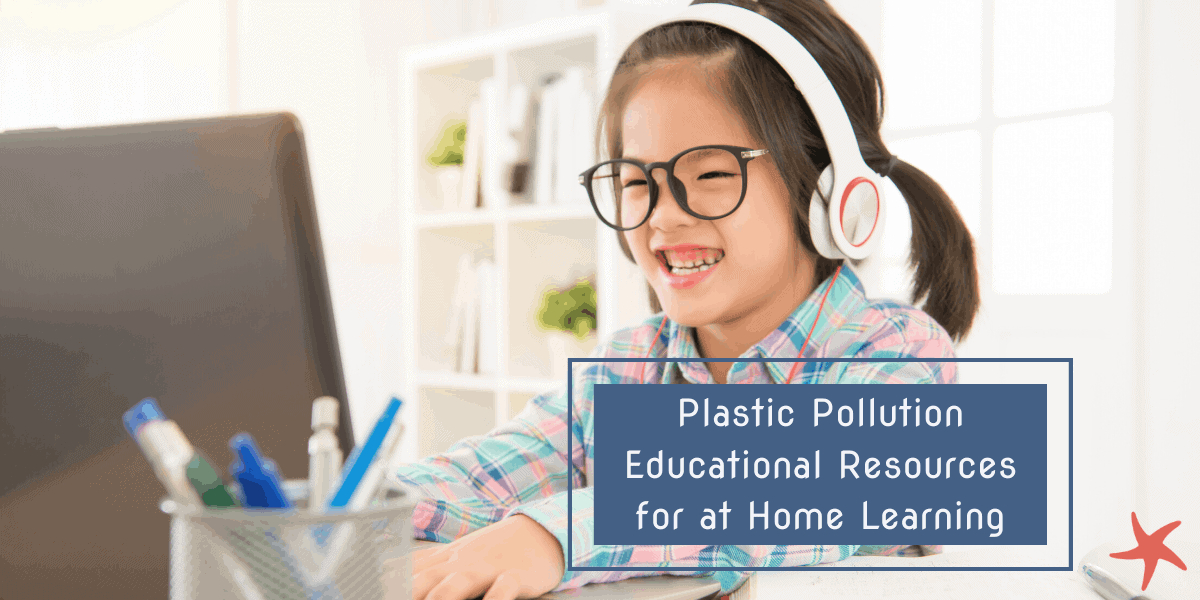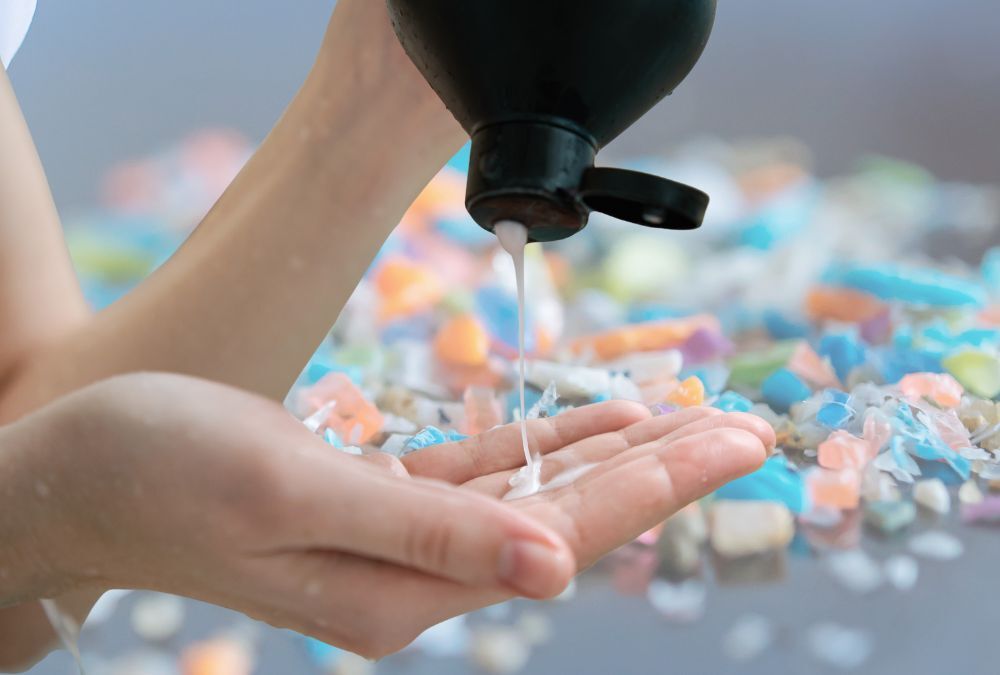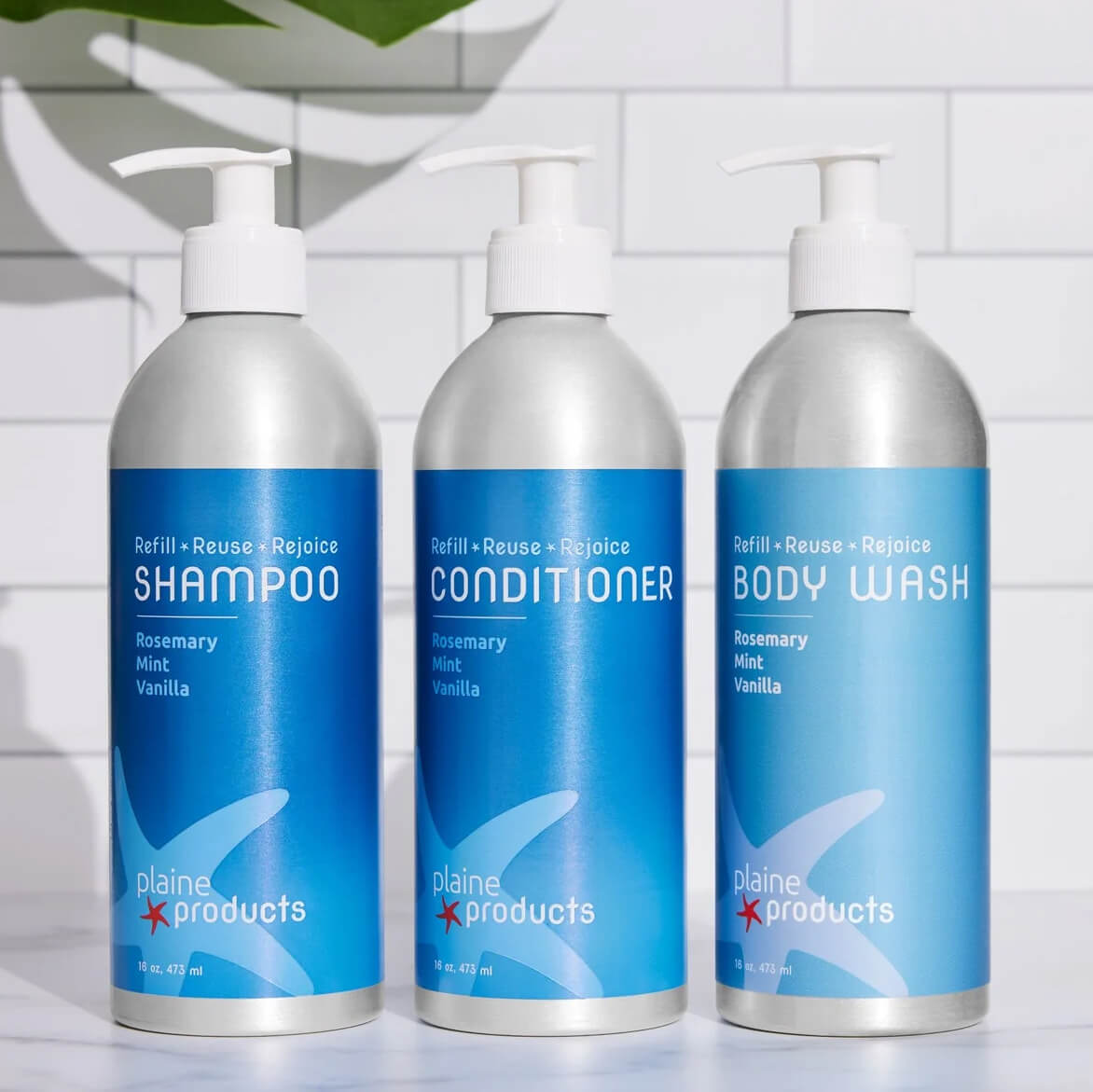
CURRICULUM Several organizations offer a variety of engaging educational materials on plastic pollution and oceans to explore.
National Geographic Kids The reputable National Geographic Kids site offers resources for young children to learn about the harmful effects of plastic waste on our oceans and ways they can help. This geography primary resource helps children learn about the impact of human activity—particularly plastic waste—on our planet’s oceans. They will discover how non-biodegradable plastic is putting sea life at risk, as well as the dangers and threats posed by overfishing and climate change. World Wildlife Fund The World Wildlife Fund works to conserve nature and reduce the most pressing threats to the diversity of life on Earth. Its oceans and plastic pollution classroom resource enables students to explore the role of the oceans in our lives and why healthy oceans are so vital to our future. The downloadable classroom activities packet includes species fact sheets, a biodiversity poster, information highlighting the issues caused to our planet from plastic, and fascinating animal facts.
5 Gyres The 5 Gyres Institute is a nonprofit organization in special consultative status with the United Nations Economic and Social Council. Founded in 2009, The 5 Gyres Institute has taken on 19 research expeditions in all 5 subtropical gyres as well as many of the world’s lakes and rivers in search of plastic. Its Nextgen Educational Curriculum was developed to help raise awareness and inspire action against plastic pollution. While meeting elementary and middle school/high school science standards, the curriculum is designed to be flexible. While it works as a cohesive unit, you can also find lessons and activities that support many subjects through the lens of plastic pollution. Topics include waste, watersheds, impact on wildlife, landfills, and packaging options.
Plastic Pollution Coalition
 Plastic Pollution Coalition is a growing global alliance of more than 1,200 organizations, businesses, and thought leaders in 75 countries working toward a world free of plastic pollution and its toxic impact on humans, animals, waterways, the ocean, and the environment. It has a portal of K-12 educational resources for anyone seeking to empower others to help stem the tide of plastic pollution. These materials have been collected from a range of PPC coalition members and other sources to provide a diverse set of materials, including blogs, videos, podcasts, and books.
Plastic Pollution Coalition is a growing global alliance of more than 1,200 organizations, businesses, and thought leaders in 75 countries working toward a world free of plastic pollution and its toxic impact on humans, animals, waterways, the ocean, and the environment. It has a portal of K-12 educational resources for anyone seeking to empower others to help stem the tide of plastic pollution. These materials have been collected from a range of PPC coalition members and other sources to provide a diverse set of materials, including blogs, videos, podcasts, and books. Monterey Bay Aquarium As a world leader in ocean conservation and education, the nonprofit Monterey Bay Aquarium works to inspire conservation of the ocean. The organization’s inquiry-based curriculum engages students with hands-on learning and supports Next Generation Science Standards. You can sort resources by grade level and exhibit. Topics include beach contamination, how plastic in the ocean impacts the food web, a gyre in a bottle experiment, plastic in the water column, and a plastic use audit.
Tangaroa Blue Foundation Tangaroa Blue Foundation is an Australia-wide not-for-profit organization dedicated to the removal and prevention of marine debris. The Tangaroa Blue Education Kit, which provides materials for different grade levels, creates awareness about marine ecology and conservation issues. Concepts of consumption, pollution, and resolution are investigated so students can understand that there is an interrelationship between the Earth’s environment and human activities.
VIDEOS/DOCUMENTARIES
There are also a number of educational videos and documentaries focused on plastic pollution for students to explore. Many contain additional materials to prompt an interesting discussion with your kids after watching the program. Most of these films are targeted to middle school and high school students, but some may be appropriate for younger children as well.Upstream’s Video Collection Upstream is an organization that sparks innovative solutions to plastic pollution by focusing on the throw-away culture that is at the root of the problem. Their video collection features the Indisposable and Unwrapped series that highlight heroes who are sparking solutions beyond single-use plastic and the throw-away culture.
A Plastic Ocean This film is a depiction of journalist Craig Leeson’s journey exploring the alarming impact of plastic on our oceans, while also searching for effective solutions to this global issue. You can download an education guide on their website. (102 minutes)

Bag It Movie It offers an exploration of plastic and plastic waste told from the perspective of a single person as they delve into how our lives being ‘too plastic’ is impacting on society. You can download curriculum on their website. (78 minutes)
Blue The Film This is a provocative journey into the ocean realm, looking at how industrial scale fishing, habitat destruction, species loss, and pollution have placed the ocean in peril. You can download teaching resources on their website. (76 minutes)
Plastic Alarm This short video provides an exploration of the impact of plastics on our oceans from the perspective of a young boy, who is working to empower school kids around the world to create a more sustainable future.
 (22 minutes)
(22 minutes) Rubber Jellyfish This feature-length documentary explores the effects of balloons on the environment, wildlife, and human beings, including why this problem is being ignored and what can be done to address it. (79 minutes)
Straws This short film inspires action by showing how individuals, groups, and businesses worldwide are reducing plastic straw use through awareness, policy, and non-plastic alternatives. (33 minutes)
Be sure to also check out our recommendations for children’s books about plastic pollution for even more options for younger kids.





